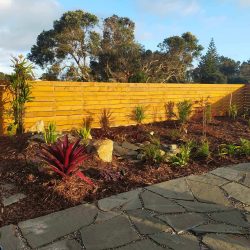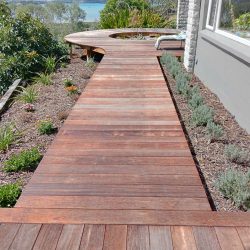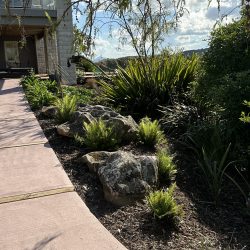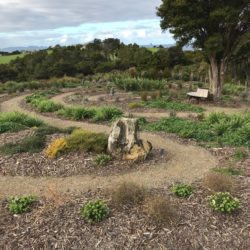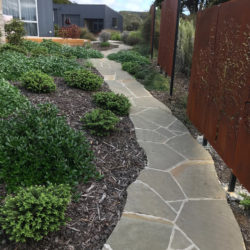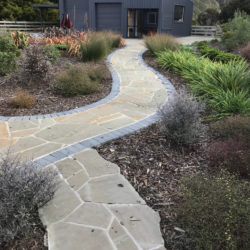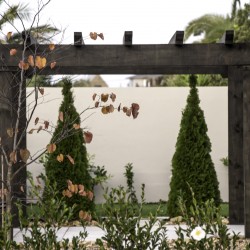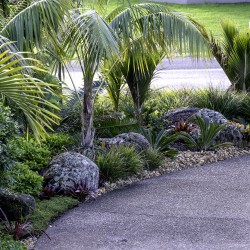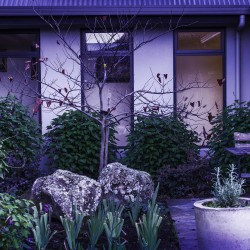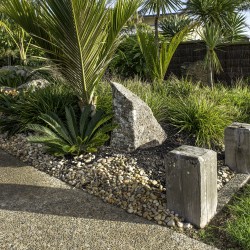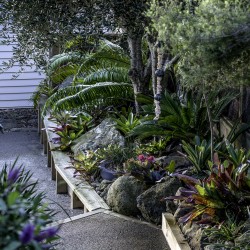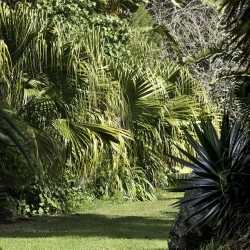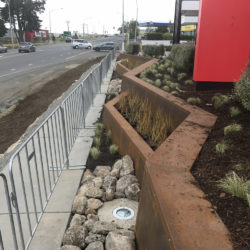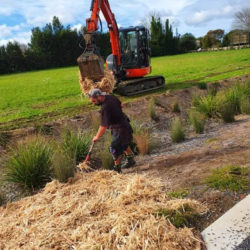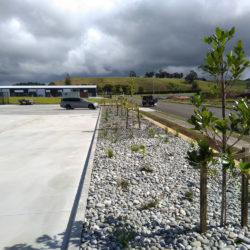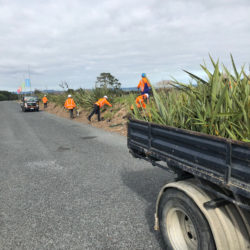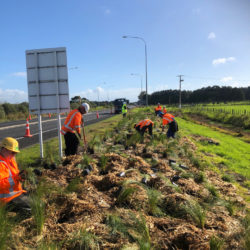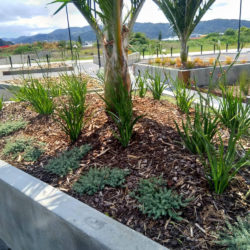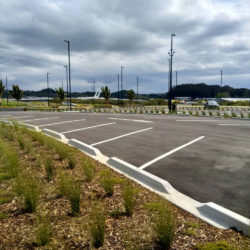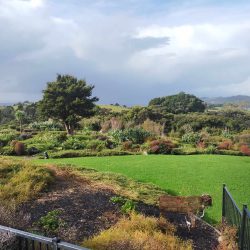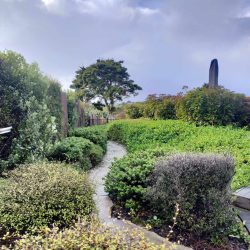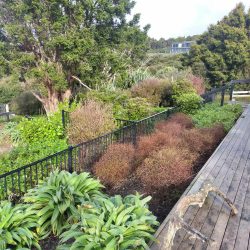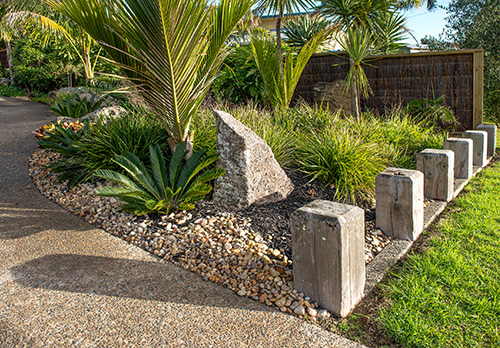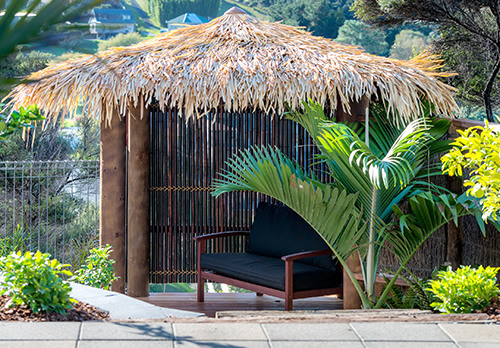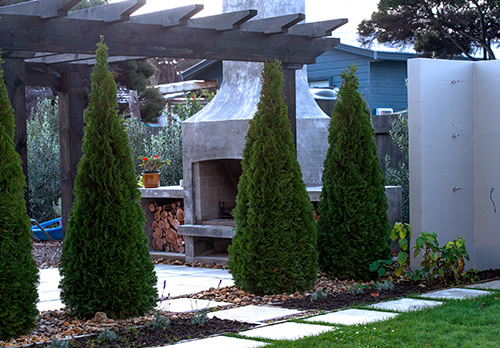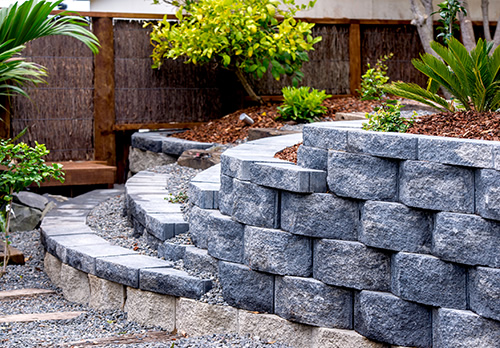Planting
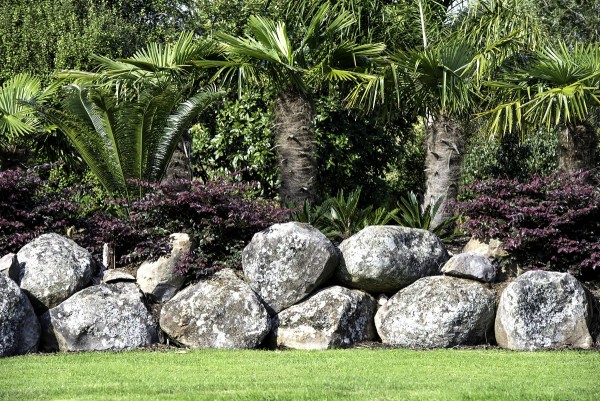 Every year we plant thousands of shrubs and trees in gardens, effluent fields, parks, re-vegetation projects and commercial developments.
Every year we plant thousands of shrubs and trees in gardens, effluent fields, parks, re-vegetation projects and commercial developments.
We replace plants if they fail. Plants do fail! We guarantee our work, 100%. This warranty is valuable, but the way the planting is completed in relationship to ongoing maintenance is of utmost importance.
The key to having Plantpro & Sons complete your planting project is that the plants will grow, they will be monitored and the maintenance will be minimal.
We source plants from wholesale nurseries and can also grow to order on occasion. This is often done for large scale commercial work. Plants are also at the whim of fashion, so whatever is “on-trend” will be easier to source.
In colonial New Zealand, households planted what came through mail order and this defined as what is now known as a “cottage garden”
The use of exotic plants for ornamental planting was common up to the mid-eighties. Since then, there has been a huge shift to New Zealand natives. Once upon a time people cut down Manuka and Kanuka species without a thought. Now every year we plant thousands, along with Coprosma, flax, five finger and many other colonising species. The planting of native New Zealand shrubs and trees imitates the natural regeneration that would occur if the land was left alone.
Common areas for regeneration include slip country, wetland areas and coastal and estuarine margins.
The use of native plants has become common when selecting species for ornamental use in the domestic garden.
Tropical-styled gardens have seen a resurgence of late. As a result, palms, cycads, mixed with broad-leafed, hardy tropical Cordylines, gingers, and fruit have become popular.
In Northland our climate allows us to plant hardy tropical, and warm temperate specimens, with particular success in coastal areas where minimum temperatures seldom reach single figures. Yes, I have experienced frost on the flats at Whananaki, but it’s a rare event!
Urban gardens show a common theme in using large numbers/groups of single species in one planting. You can successfully adopt this style in a domestic garden, particularly if it is large, and has long view lines.
Viewpoints are important when planning your planting. Who is going to benefit from your efforts and where are they looking from? As they approach your house? From where you stand in the kitchen? From the bedroom window?
Lots to consider, therefore making it very worthwhile getting some advice.
Still not sure what planting is right for you? Check out this tropical garden we installed recently or have a look at our planting gallery.




